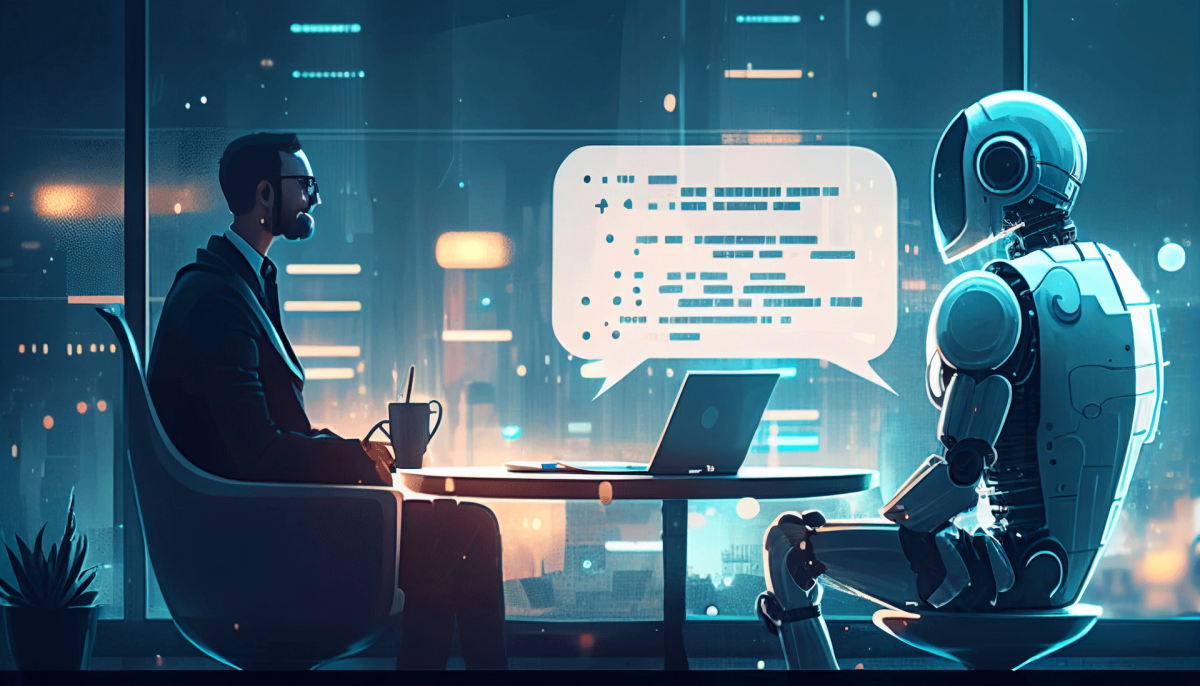In the formative years of social media, achieving virality was generally limited to a select group of influencers who had built a sizeable following through years of dedicated effort. However, the emergence of short-form content has significantly decreased the threshold for going viral and reaching a broader audience. Due to the inherent properties of short-form content, platforms are incentivized to boost more posts, thereby enabling more creators to gain exposure. However, this also means that the attention span of users on such platforms to engage with content has decreased significantly as well (TLMUN Herald, 2023). So, although the threshold to go viral has been lowered, the challenge of resonating with users and retaining a dedicated audience has become more difficult.
I personally noticed this trend and set out a goal to create 3-4 reels on Instagram each week to crack the virality code. A prominent tactic for up-and-coming creators on Instagram is to combine their videos with a motivational audio track featuring the voice of a popular influencer. Unfortunately, many of these audio samples are oversaturated. Moreover, my personal voice lacks the booming and motivational attribute to effectively hook doom scrollers.
As a result, I turned to ElevenLabs, a web-based application enabling users to produce lifelike speech through its AI-assisted text-to-speech software. The platform provides pre-designed voice profiles that realistically synthesize vocal emotion and intonation. In my post, I decided to select the voice of Adam, characterized on the platform as a deep-voiced American narrator (ElevenLabs, 2023). Here’s the input that I provided to the tool:
“If you say you’re gonna wake up at 4:00 in the morning to work on your goals. You wake up at 04:00. It’s going to feel uncomfortable. It’s not going to be fun. Do something that sucks every single day of your life”
If you’re a personal development junkie, you might notice that this text is a direct quote from David Goggins. However, instead of using Goggins’ voice, I opted for Adam’s from ElevenLabs. I shared this reel on September 14th, and the results were surprising: 12,219 impressions, 12,097 unique accounts reached, 1,062 likes, and 310 saves. You can check out the post yourself by clicking on the following link:
The advent of AI tools provides us with innovative approaches to content creation and can often lead to surprising outcomes. You should try it out for yourself!
Bibliography
ElevenLabs. (2023). Overview. Retrieved from ElevenLabs: https://docs.elevenlabs.io/voice-library/overview
TLMUN Herald. (2023, May 24). The Rise of Short Form Content. Retrieved from Medium: https://medium.com/tlmun-herald/the-rise-of-short-form-content-bbd7a47b0d6d


